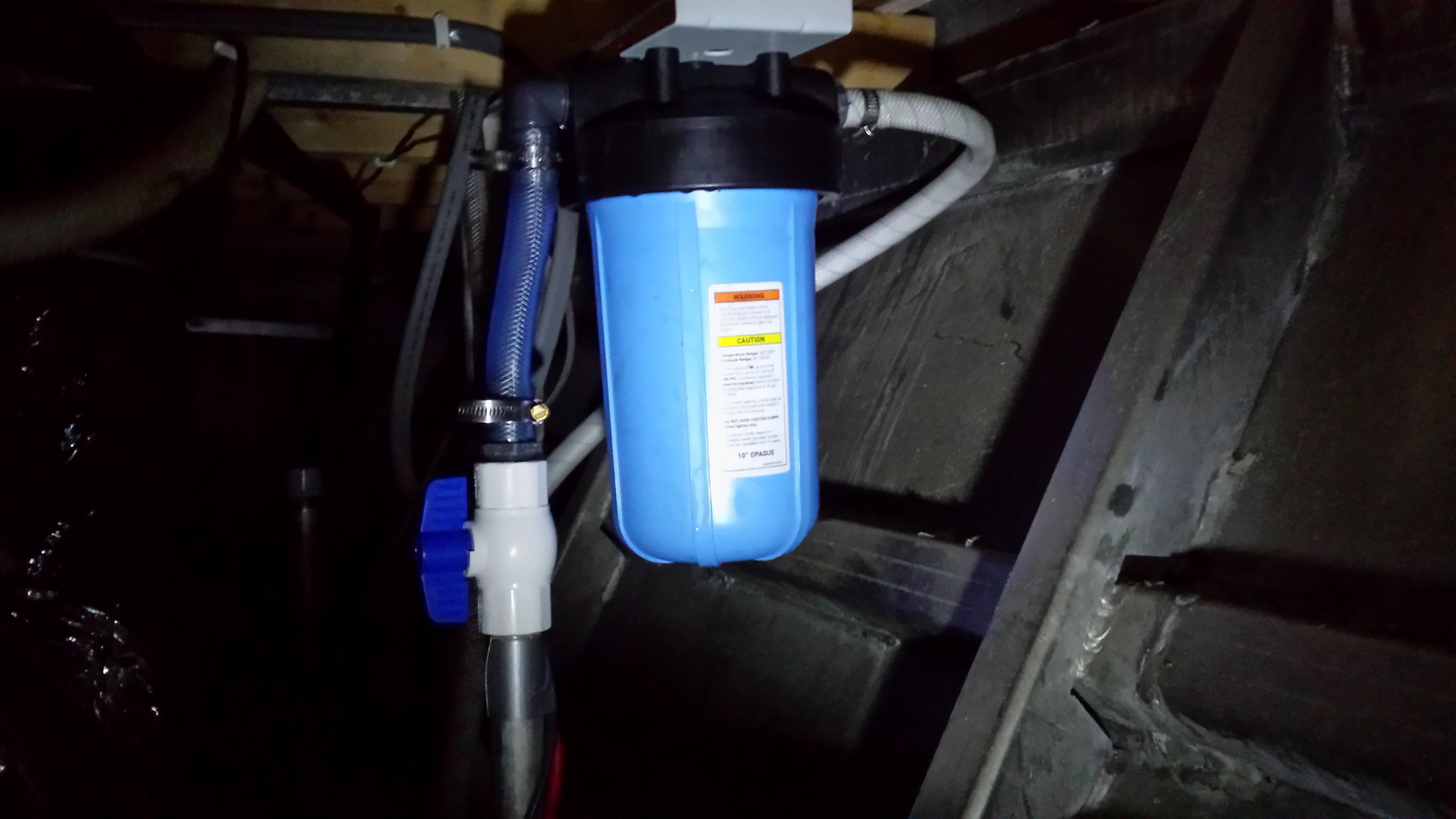capt.catfish
Active Member
Aside from engine cooling water, our houseboat has only two lake water intakes for each of the marine heads and I am concerned about the possible damages that Quagga Mussels could do to that system. I've been doing quite a bit of research, but I can't find anything definitive on whether these mussels will cause problems in the black-water tanks and, if so, what the best option would be to prevent that damage. I know that chlorine will kill veligers, but I can't introduce chlorine to our holding tanks without killing our enzyme based toilet treatment and that wouldn't protect the supply pump or lines to the toilet.
My thought was to add a UV sterilizer to each intake, but I'm not sure that it will completely kill off the veligers. This study, though it advocates multiple treatments with the UV sterilizer, looks to me like after 96-hours 1-treatment has greater then 90% mortality rate for the veligers and I would guess the remaining mobile veligers would not be healthy.
I guess my next step is to contact some UV sterilizer manufactures and see what they say regarding mortality rates for veligers, but I thought I might post here and see if anyone had any information or had already installed something similar.
My thought was to add a UV sterilizer to each intake, but I'm not sure that it will completely kill off the veligers. This study, though it advocates multiple treatments with the UV sterilizer, looks to me like after 96-hours 1-treatment has greater then 90% mortality rate for the veligers and I would guess the remaining mobile veligers would not be healthy.
I guess my next step is to contact some UV sterilizer manufactures and see what they say regarding mortality rates for veligers, but I thought I might post here and see if anyone had any information or had already installed something similar.

